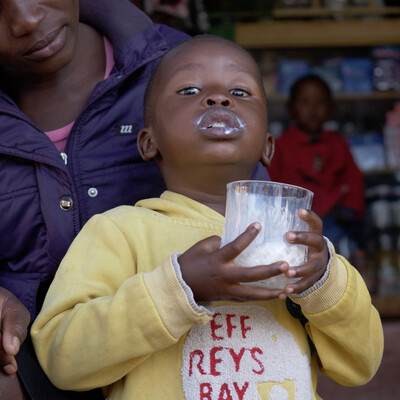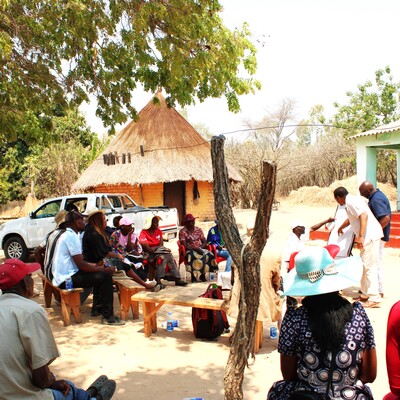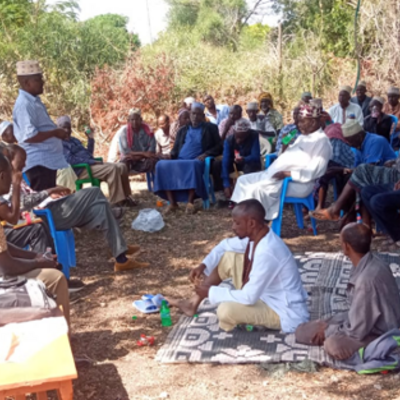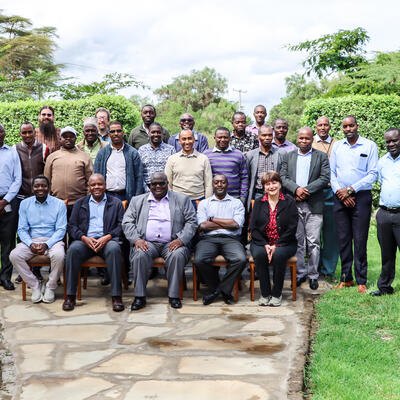
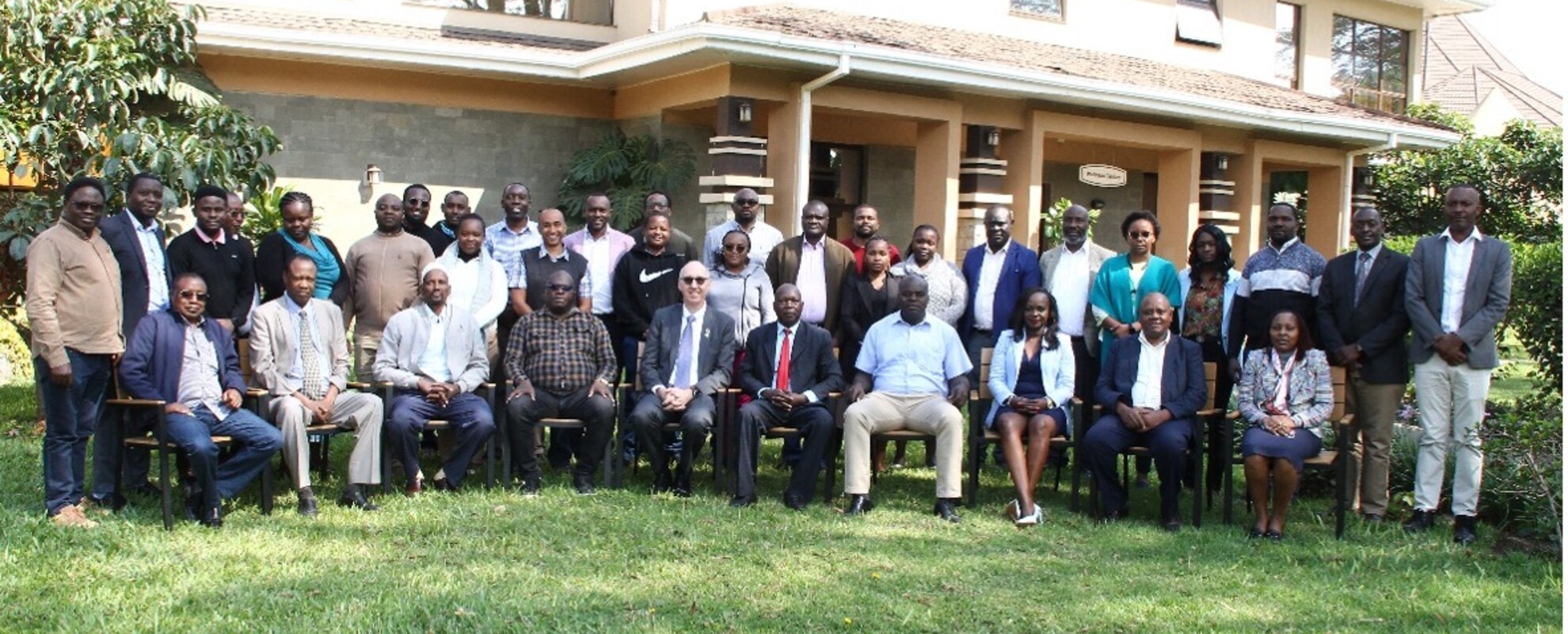
ILRI and partners conclude Rift Valley fever, brucellosis and Q fever co-infection project in Kenya
The International Livestock and Research Institute (ILRI) hosted a one-day workshop on 3 September 2024 to close the ‘Co-infection with Rift Valley fever virus, Brucella spp and Coxiella burnetii in humans and animals in Kenya: Disease burden and ecological factors’ project. Held in Naivasha, Kenya, the workshop reviewed the project’s findings and achievements and emphasized the need to transform research insights into policy briefs that can inform policy decisions on zoonotic disease control in Kenya.
Project scope and objectives
The three-year co-infection project began in 2019 with a national serosurvey that collected blood and serum samples from 6,700 cattle across agroecological zones in Kenya. Researchers also carried out active surveillance to determine the burden of Rift Valley fever (RVF), brucellosis and Q fever (caused by the bacteria Coxiella burnetii) and co-infections in humans, livestock and wildlife in Garissa, Isiolo, Mandera, Marsabit and Wajir counties.
The project had three main objectives:
- To improve biosafety and address human and animal health issues by building capacity among frontline surveillance officers in the animal and human health sectors, especially in remote locations with limited access to public and animal health services;
- To strengthen biosurveillance for priority zoonotic diseases in the country, aligning with the Zoonotic Disease Unit’s strategic plans and advancing its priorities; and
- To collect evidence to guide disease surveillance and response strategies, aiming for more efficient utilization of limited resources through integrated surveillance systems.
Prevalent in the pastoral areas of Kenya, these three diseases are associated with socio-economic losses in livestock-keeping households and are among the country’s priority zoonoses. In humans, the diseases cause intermittent fever, joint and muscle pain, fatigue and neurological disorders, while in livestock, they cause abortions, stillbirths, low birth weight and infertility.
The workshop integrated the knowledge gained from the co-infection project to refine the RVF decision support tool, ensuring its practical application across the Greater Horn of Africa region. Developed under a project managed by ILRI and funded by United States Agency for International Development (USAID) Bureau for Humanitarian Assistance (BHA), this web-based tool analyses climate data, disease modeling and other information on how the disease spreads to help identify high-risk conditions for RVF. The resultant knowledge contributes to evidence-based decisions on the prevention and control of RVF outbreaks.
Workshop highlights
During the workshop, Fabian Kausche, deputy director of research and innovation at ILRI, called for an integrated approach to combat zoonotic diseases using One Health principles. He stressed the vital role of collaborative multi-sectoral efforts in addressing complex disease dynamics.
‘Zoonotic diseases have complex patterns of occurrence, requiring significant effort to successfully control them,’ Kausche stated. ‘The One Health approach has been recognized as the most practical and effective method for integrating efforts across multiple sectors—particularly animal, human and environmental—that must be involved in this process.’
Echoing these sentiments, Abraham Sangula, deputy director of veterinary services at the Ministry of Agriculture and Livestock Development from the Ministry of Agriculture and Livestock Development, reiterated the need for strong partnerships in developing effective interventions: ‘It is essential that we improve our collaboration, coordination and communication as we design and implement interventions for these diseases. We are fully committed to working with our partners to drive these efforts forward.’
Key outcomes from the co-infection project
- Comprehensive assessment of disease burden: The project successfully assessed the burden and occurrence patterns of RVF virus, Brucella spp and Coxiella burnetii, as well as their co-infections in humans, livestock and wildlife across Kenya. This comprehensive evaluation provided critical insights into the determinants, occurrence and distribution of these zoonotic diseases.
- Capacity building in biosafety and biosecurity: A significant achievement was the enhancement of biosafety and biosecurity practices among selected frontline surveillance officers in the animal and human health sectors. By focusing on remote areas with limited access to health services, the project strengthened the country's ability to detect and respond to zoonotic diseases effectively.
- Alignment with national strategies: The project's objectives aligned seamlessly with the strategic plans of the Zoonotic Disease Unit (ZDU). By advancing the ZDU's priorities, the project contributed to national efforts in controlling and preventing zoonotic diseases, showcasing the importance of integrated approaches.
- Cross-sector collaboration demonstrating One Health: Collaboration with various institutions—both domestic and international—was a cornerstone of the project. Partners included Washington State University, Los Alamos National Laboratory, University of Nairobi, Kenya Wildlife Service, Wildlife Research and Training Institute, Kenya Medical Research Institute, multiple Kenyan ministries, the County Government of Isiolo and local communities. This cross-sector partnership exemplified the practical application of the One Health approach in bio-surveillance and capacity-building initiatives.
- Need for enhanced biosafety and integrated surveillance systems: Data from the project highlighted a pressing need for greater biosafety and biosecurity, especially among surveillance officers in remote locations. The findings suggested that strengthening integrated surveillance systems is crucial for more efficient utilization of limited resources, enabling a more effective response to zoonotic disease threats.
- Data-driven recommendations for policy and practice: The evidence gathered provides a strong foundation for guiding disease surveillance and response strategies. By identifying areas with high disease prevalence and understanding transmission patterns, policymakers can implement targeted interventions to mitigate risks.
- Validation of wildlife testing kits: Validating serological testing kits for wildlife is crucial for the enhancement of bio-surveillance. Accurate detection and monitoring in wildlife populations will provide a more comprehensive understanding of disease dynamics.
- Further research on Coxiella burnetii: Given the high prevalence of C. burnetii (Q fever) identified across Kenya, further studies are necessary to better understand its transmission dynamics and impact on public health.
The day's greatest takeaway was the need to translate the project’s comprehensive findings into policy briefs. These briefs, summarizing crucial data and recommended actions, will be presented to Kenyan government departments. By transforming research into accessible formats, ILRI and its partners aim to support evidence-based decision-making and enable targeted interventions for zoonotic disease control.
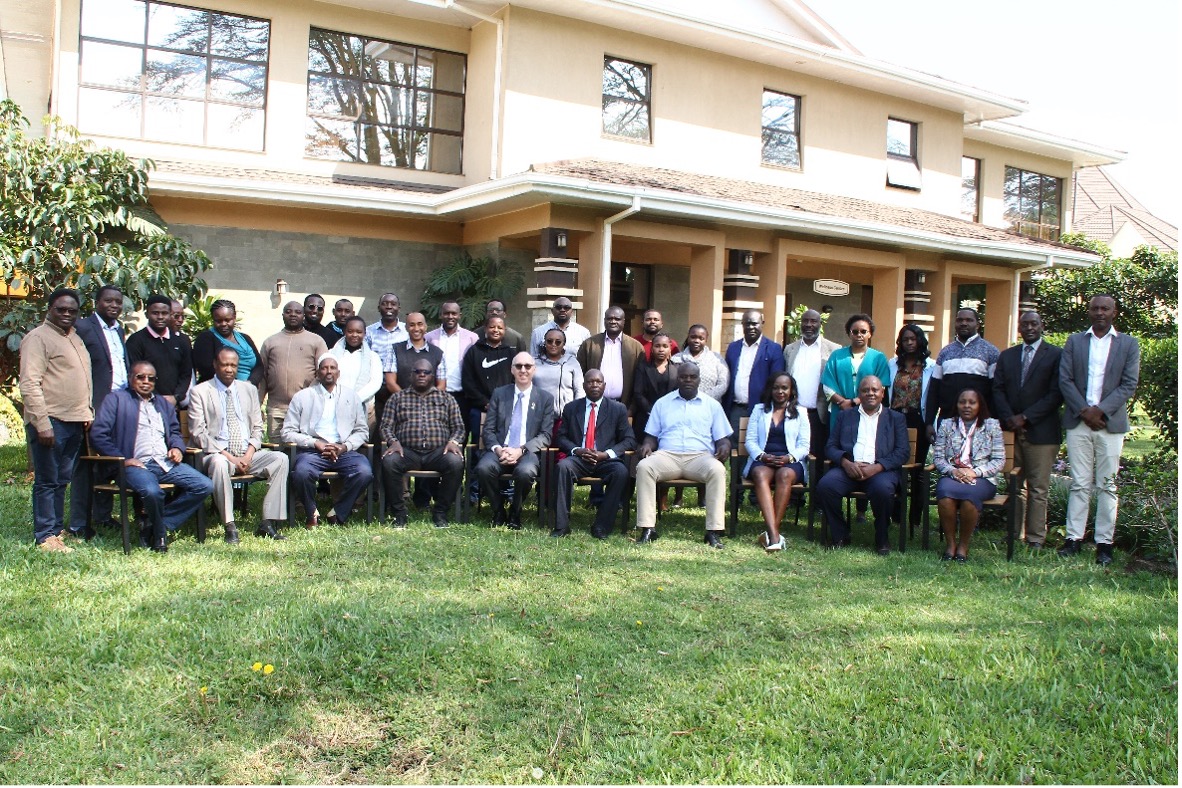
Fabian Kausche, deputy director of research and innovation, ILRI, with partners and collaborators of the co-infection project (photo credit: ILRI/Geoffrey Njenga).
Workshop participants included representatives of the Ministry of Health, Ministry of Ministry of Agriculture and Livestock Development, Isiolo County, Kenya Medical Research Institute, Washington State University, Kenya Wildlife Service, Wildlife Research and Training Institute, University of Nairobi, Los Alamos National Laboratory, World Organization for Animal Health, Defense Threat Reduction Agency, Food and Agriculture Organization of the United Nations, Ministry of Environment, Climate Change and Forestry, and the Kenya Agriculture and Livestock Research Organization.
The co-infection project was led by ILRI and funded by the United States (US) Defense Threat Reduction Agency (DTRA). The content of the information does not necessarily reflect the position or the policy of the federal government and no official endorsement should be inferred.
Further reading
You may also like
Related Publications

Epidemiology of Brucella species in smallholder dairy cattle in selected regions of Tanzania
- Mengele, Isaac J.
- Akoko, James M.
- Shirima, G.M.
- Bwatota, Shedrack F.
- Motto, Shabani K.
- Hernandez-Castro, L.E.
- Komwihangilo, D.M.
- Lyatuu, Eliamoni
- Bronsvoort, B.M. de C.
- Cook, Elizabeth A.J.

Brucella species circulating in smallholder dairy cattle in Tanzania
- Mengele, Isaac J.
- Akoko, James M.
- Shirima, G.M.
- Bwatota, S.F.
- Motto, S.K.
- Hernandez-Castro, L.E.
- Komwihangilo, D.M.
- Lyatuu, Eliamoni
- Bronsvoort, B.M. de C.
- Cook, Elizabeth A.J.

Seroprevalence of brucellosis, knowledge, and risky practices in dairy cattle owners and workers in Maekel and Debub regions, Eritrea
- Efrem, G.H.
- Mihreteab, B.
- Ghebremariam, M.K.
- Tesfai, B.
- Mor, Siobhan M.
- Mamo, G.





